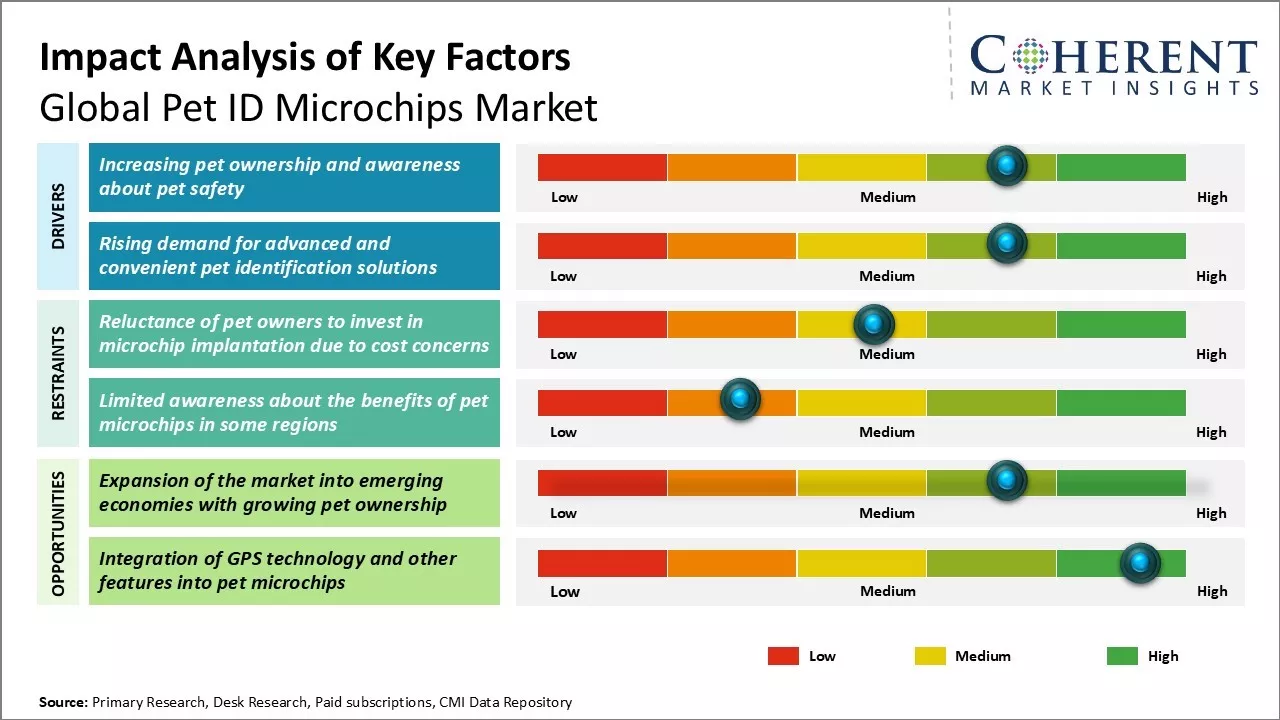Global Pet ID Microchips Market is estimated to be valued at USD 102.2 Mn in 2025 and is expected to reach USD 153.8 Mn by 2032, exhibiting a compound annual growth rate (CAGR) of 6.0% from 2025 to 2032.

To learn more about this report, Request sample copy
Protecting pets from theft has been a concerning issue for many pet owners globally. Microchipping provides safety and enables quick identification if a pet gets lost. This technology is gaining wider acceptance owing to initiatives by various animal welfare organizations to promote its adoption.
Increasing pet ownership and awareness about pet safety
With rising incomes and changing lifestyles, pet ownership has significantly grown across the world in recent years. More people are adopting pets, especially dogs and cats, as companions. Pets are considered integral members of families by millions of households globally. This surge in pet population has also raised awareness about pet safety and welfare.
People want to ensure their pet companions stay safe and do not get lost. In case a pet escapes accidentally from home or during travel, identifying and reuniting it with the owner becomes very important. Microchipping provides a permanent method of pet identification by implanting a chip under the skin that contains a unique identification number. This number when scanned helps trace the pet back to its registered owner's name and contact details stored in a database. Microchipping has gained acceptance as a reliable way of protecting pets.
In developed markets like North America and Western Europe, microchipping laws have been mandated by several local and state authorities for dogs. Non-profit organizations too run campaigns stressing on the importance of microchipping. They point out how microchips have helped thousands of lost pets get back home as the stored information could identify the owner.
Even in developing regions, though mandatory laws may still be lacking, pet lovers are becoming increasingly aware about microchips as a safety feature through social media and online communities. Rescue shelters and NGOs promote microchipping of stray animals to help them find new caring homes. Overall, the growth in the number of pet guardians and their emphasis on pet wellbeing and identification are key drivers propelling the pet microchips industry worldwide. As responsible pet ownership expands globally, deployment of microchips as a valuable identification tool will keep progressing in the following years.
Joining thousands of companies around the world committed to making the Excellent Business Solutions.
View All Our Clients